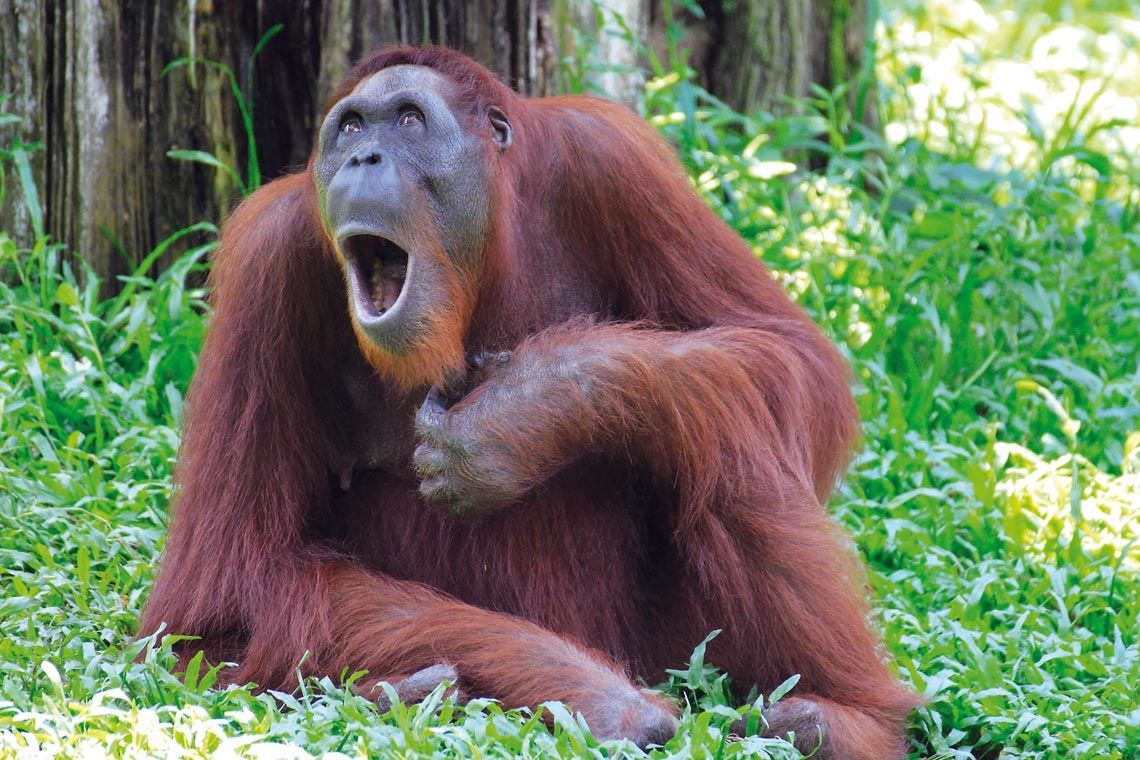Why are humans the only primates that can speak? Spoken language may have been made possible by simplification of the laryngeal anatomy, including the loss of vocal membranes and air sacs that are common among nonhuman primates (Science, August 12). An international group led by Takeshi Nishimura of Kyoto University, Japan, and William Tecumseh Fitch of the University of Vienna, Austria, used MRI and CT scans to examine the larynx of 44 primate species. The scientists found that humans were the only species without a vocal membrane. They analyzed the acoustic effects of vibrations in this membrane and concluded that its absence provides a stable vocal source, enabling production of the diverse range of sounds that characterize human speech. In people, the vocal folds are much more stable, without the irregular oscillations and abrupt frequency transitions seen in most other primates. Combined with better neural control, this feature may have allowed the human species to create a wide range of sounds that represent spoken language.
RepublishLinguistics
The secret to speech: a simplified larynx

Orangutan, one of the primate species studied
Seng Chye Teo / Getty Images

